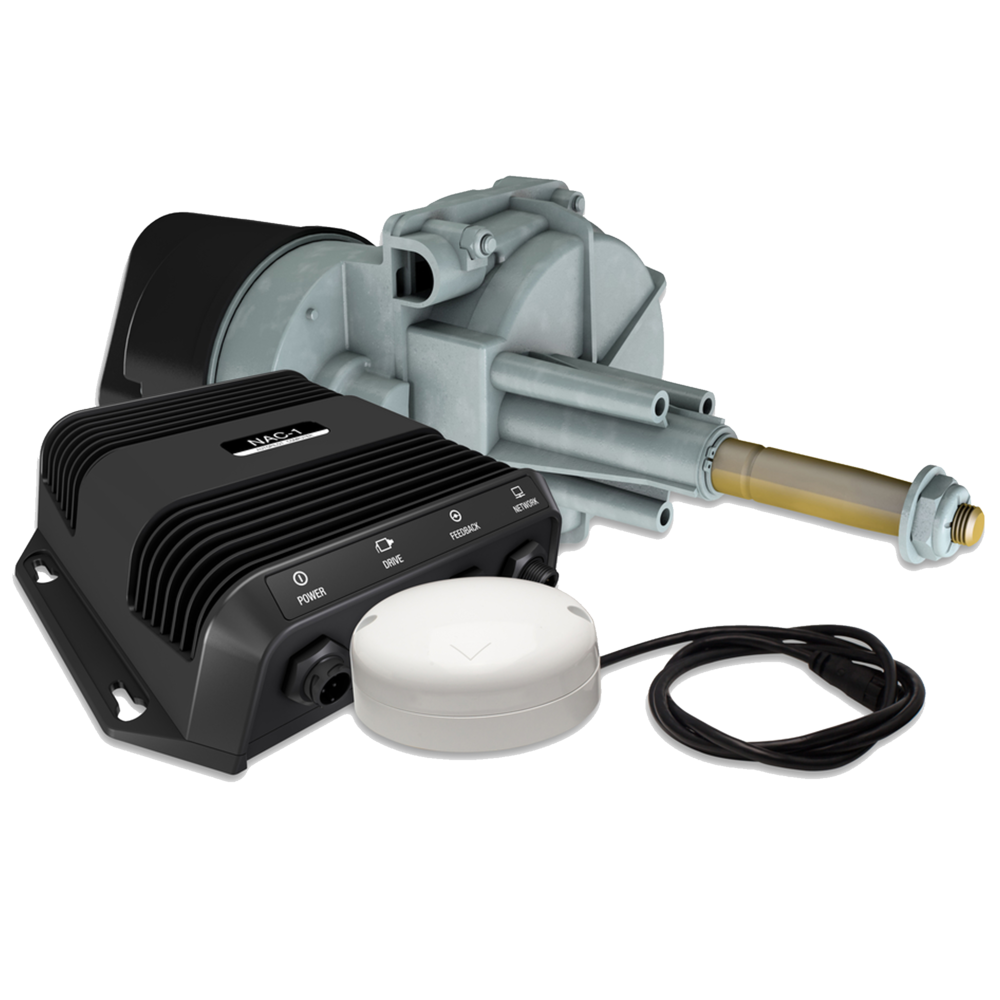I hijacked one of
@HangOutdoors threads and described how I installed a Halo 20+ on the T-Top of a 252/255 last year, photos included, here:
Personally, I feel that the GO12 XSE is
not sufficient for running the Halo 20+ radar with the HS60 GPS compass/heading sensor to overlay the radar image on top of the sonar chart, and display the chart
head-up (where the boat is currently
pointing, not necessarily going) in
real-time (fast enough to be usable for navigation).
The GO12 is
way too slow in processing speed, so the display has
way too much lag for navigation, especially at night or in the fog. The lag gets even worse if you ask the GO12 to generate a structure-scan image with an Active 3-in-1 transducer. And don't even think about auto-pilot using a MotorGuide i5 trolling motor; the GO12 chokes up, with 1+ sec of lag for chart refresh, and 3+ sec to switch modes.
Attached here is an image of my Simrad NSS12 evo3s (my main MFD), with radar overlaying Navionics+ SonarChart. The NSS12 is ethernet-networked to the Halo 20+ and GO12 XSE. (Both displays are also NMEA2K-networked to the roof-mounted HS60 and bow-mounted MotorGuide i5.) The NSS12 is generating the radar overlay, the sonar chart,
and the structure-scan image for the GO12. The GO12 is generating the CHIRP image with the thru-hull HDI transducer, and displaying that alongside the structure-scan image.
Yeah, I really should do my own radar/network/navigation/autopilot post. ?
P.S. Some notes for my fellow geeks out there ?:
The structure that you see on the GO12, starboard of the boat, is what's left over from the demolition of the old Pensacola Bay Bridge — mostly old pilings.
As you can see on the NSS12's mini tide chart, it's right at the top of high-tide. Therefore, the fishing looks bleak. An hour later, when the tide started moving out, the fishing improved.
Each of the MFDs has a tab along the left edge labeled Trolling. If I click on that tab, a drawer slides into view, giving me options to control the MotorGuide i5. From the drawer, I can command the MotorGuide to perform an anchor lock, move the boat in 5 ft increments, take me to a saved waypoint, or navigate to a point I click on the screen.
Check out the voltage difference between the NSS12 and GO12 — a full 0.5 V down on the GO12. Why? Because Yamaha used the thinnest gauge wire everywhere they could. Bang-for-the-buck = cheap build-quality.
There are two fasteners next to the Cruise Assist GPS puck. Those fell out of the trim for the starboard fishing/trash locker. I've had so many fasteners come loose — probably because the poorly skilled factory laborers used an impact wrench to drive down all the fasteners with enough force to strip fiberglass — that I keep a ziplock bag of loose fasteners in the drawer of the aforementioned locker. The two fasteners next to the puck haven't made it into that bag yet.





